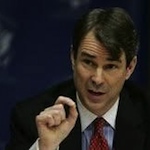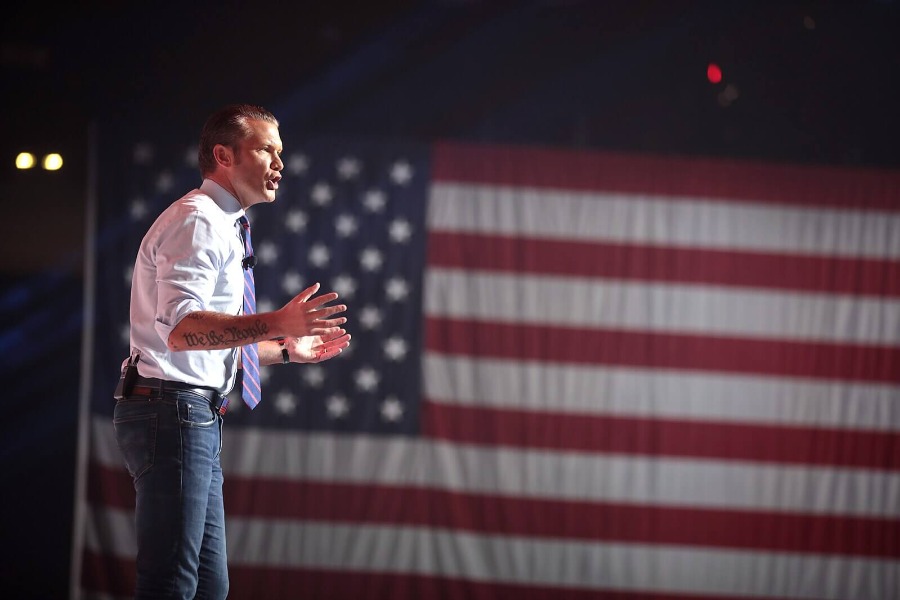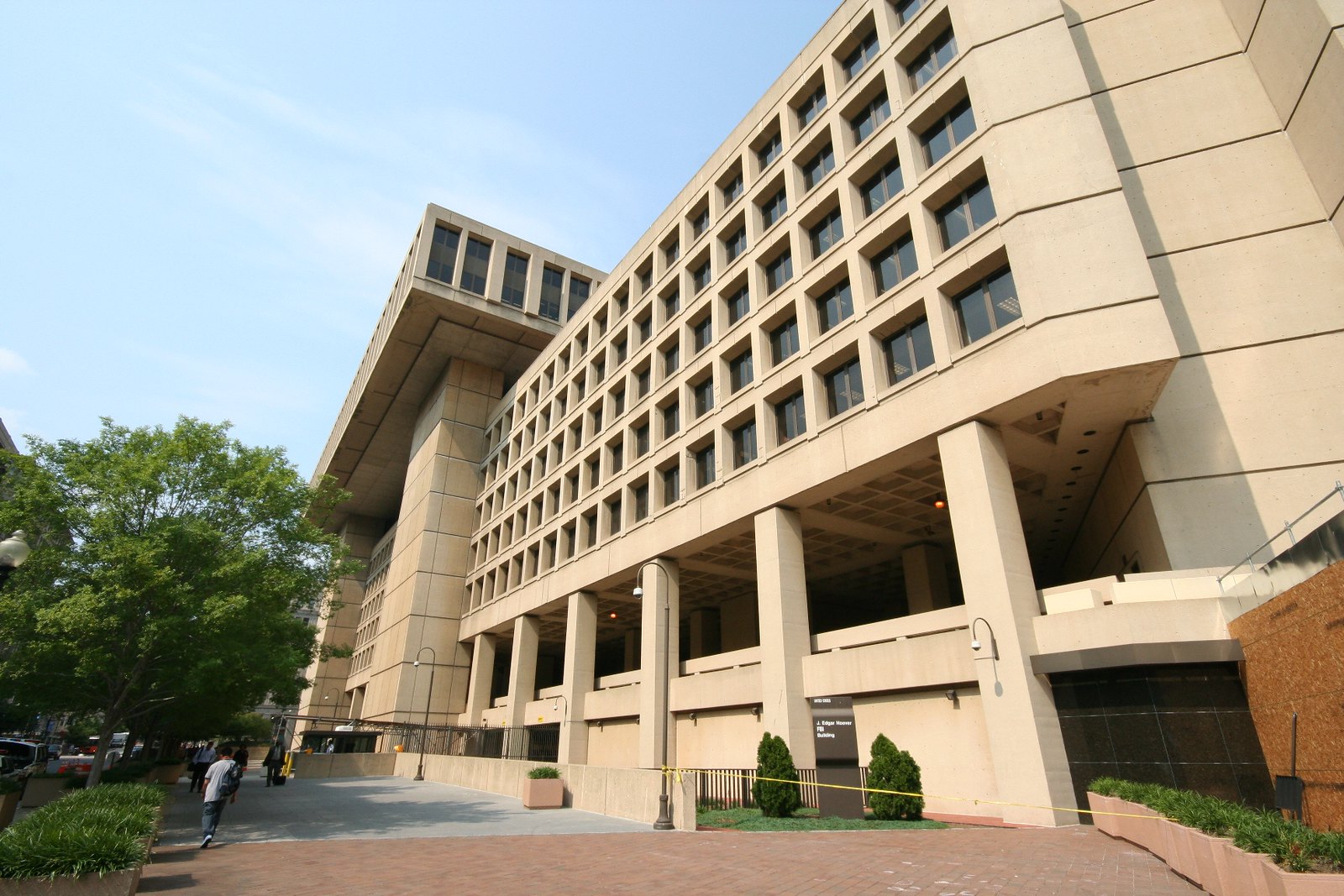National Security Presidential Memorandum 2—President Trump's NSC and HSC
The White House has just released National Security Presidential Memorandum 2 (NSPM-2), which defines the organization and functions of President Trump's National Security Council (NSC) and Homeland Security Council (HSC).
Published by The Lawfare Institute
in Cooperation With

The White House has just released National Security Presidential Memorandum 2 (NSPM-2), which defines the organization and functions of President Trump's National Security Council (NSC) and Homeland Security Council (HSC).
|
If you are finding Lawfare useful in these times, please consider making a contribution to support what we do. |
Every President issues a series of national security directives, which are essentially executive orders on national security issues. Some are classified and some are unclassified. Each Administration chooses a different nomenclature for their national security directives. Republican Presidents traditionally use names beginning with "N" while Democratic Presidents generally use names beginning with "P": President Obama's orders were known as Presidential Policy Directives (PPDs), while President George W. Bush's orders were known as National Security Policy Directives (NSPDs). The first directive usually defines the structure and functions of the NSC staff. President Trump's first NSPM (although not numbered) was issued yesterday and was entitled "Rebuilding U.S. Armed Forces."
NSPM-2 is similar to NSPD-1 and PDD-1 but contains a few unusual features. Here are the highlights as I see them:
- The President's Chief Strategist (Steve Bannon) is invited to attend all NSC meetings and will be a regular member of the Principals Committee (on par with the Secretaries of State, Defense, Homeland Security, and Treasury). This is unusual; the NSC function usually does not include participants from the political side of the White House. In the Bush Administration, Karl Rove would not attend NSC meetings. According to former Chief of Staff Josh Bolten, President Bush did not want to appear, especially to the military, to insert domestic politics into national security decisionmaking.
- The CIA Director (Mike Pompeo) is not listed as a member or invited participant in NSC or PC meetings. The CIA Director is typically invited to NSC and PC meetings (although President Obama's PDD-1 did not specifically list the CIA Director). The Director of National Intelligence "shall" attend NSC meetings and is invited to relevant PC meetings.
- [Additional comment: The NSPM states that "The Director of National Intelligence and the Chairman of the Joint Chiefs of Staff shall attend [PC meetings] where issues pertaining to their responsibilities and expertise are to be discussed." Press reports have suggested that this is a significant difference from previous Principals Committees and that the DNI and C/JCS may be excluded from certain PCs. I do not think this interpretation is correct. The NSPM provides that the DNI and C/JCS shall attend all NSC meetings. However, because the NSPM creates a single PC that would serve both the NSC and HSC, it may not be necessary or appropriate to invite the DNI and C/JCS to PCs concerning certain homeland security issues.]
- The NSC Executive Secretary (General Keith Kellogg) "shall" attend all Principals Committee and Deputies Committee meetings. This is also unusual. The Executive Secretary in the Bush Administration was generally too busy and did not attend NSC or PC meetings.
- The Counsel to the President is invited to all NSC and PC meetings and and the Deputy Counsel to the President for National Security Affairs is invited to all NSC, PC, and DC meetings. This elevates the role of the Deputy Counsel (who I assume is dual-hatted as the NSC Legal Adviser) and is a good signal. The Deputy Counsel will be a busy person.
- The Ambassador to the UN will be a member of the NSC. This is the same as the Obama Adminstration but different from the Bush Administration.
- The Deputies Committee will have at least 14 regularly invited participants and potentially 19 or more. This will be unwieldy.
- NSPM-2 defines the functions of both the NSC and HSC (rather than just the NSC). The HSC and NSC will share a single staff that will report to the NSC Executive Secretary.
- Below the Deputies Committee, a series of interagency Policy Coordinating Committees (PCCs) will be created. These will replace the Obama's Administration's Interagency Policy Committees. The PCCs will be chaired by members of the NSC staff (although co-chairs may be added). In the Bush Administration, most PCCs were chaired by department assistant secretaries.





